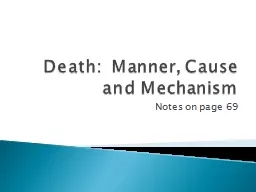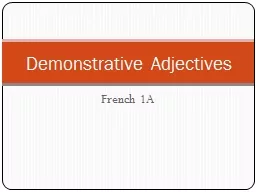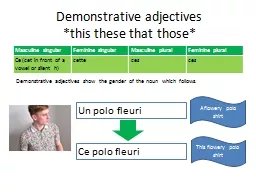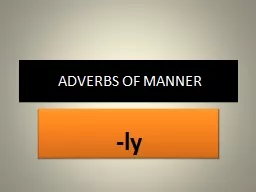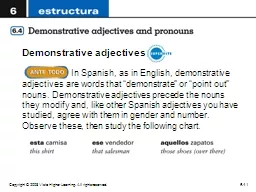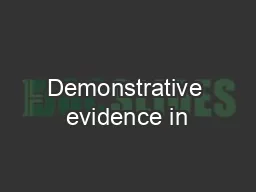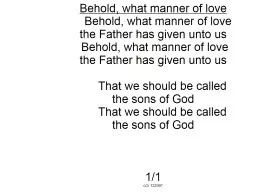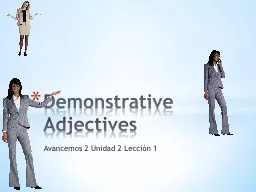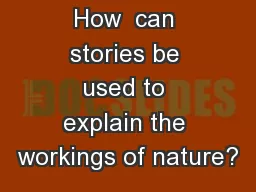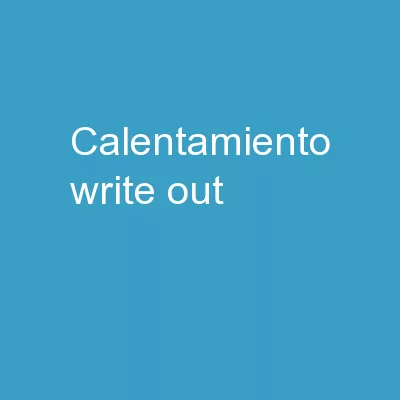PPT-Managing turn-taking with a manner demonstrative Simon Musgrave
Author : jane-oiler | Published Date : 2019-11-04
Managing turntaking with a manner demonstrative Simon Musgrave Gede Primahadi Wijaya Rajeg Howard Manns MONASH ARTS Background language in Indonesia the very short
Presentation Embed Code
Download Presentation
Download Presentation The PPT/PDF document "Managing turn-taking with a manner demon..." is the property of its rightful owner. Permission is granted to download and print the materials on this website for personal, non-commercial use only, and to display it on your personal computer provided you do not modify the materials and that you retain all copyright notices contained in the materials. By downloading content from our website, you accept the terms of this agreement.
Managing turn-taking with a manner demonstrative Simon Musgrave: Transcript
Download Rules Of Document
"Managing turn-taking with a manner demonstrative Simon Musgrave"The content belongs to its owner. You may download and print it for personal use, without modification, and keep all copyright notices. By downloading, you agree to these terms.
Related Documents


